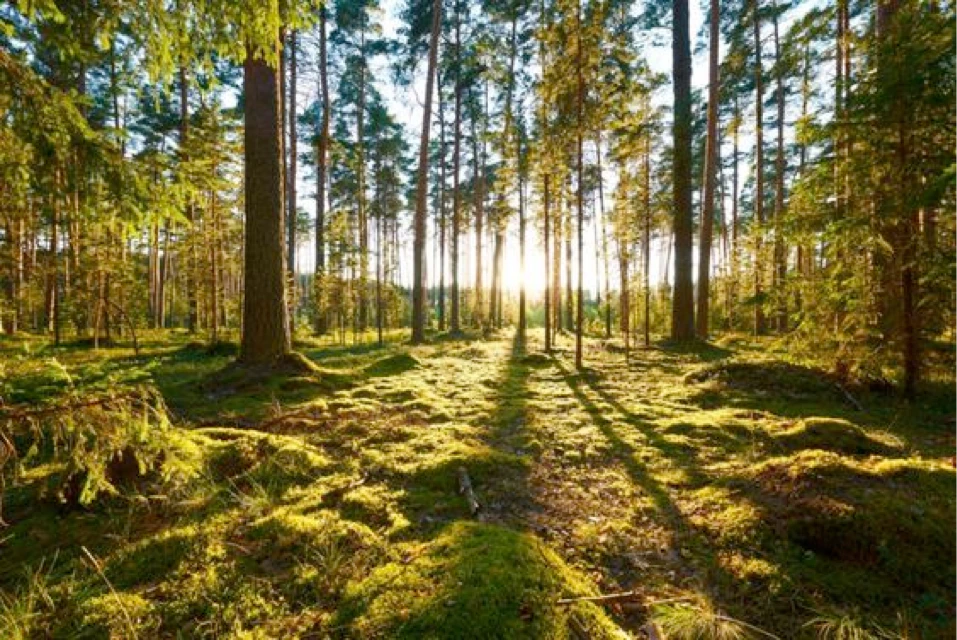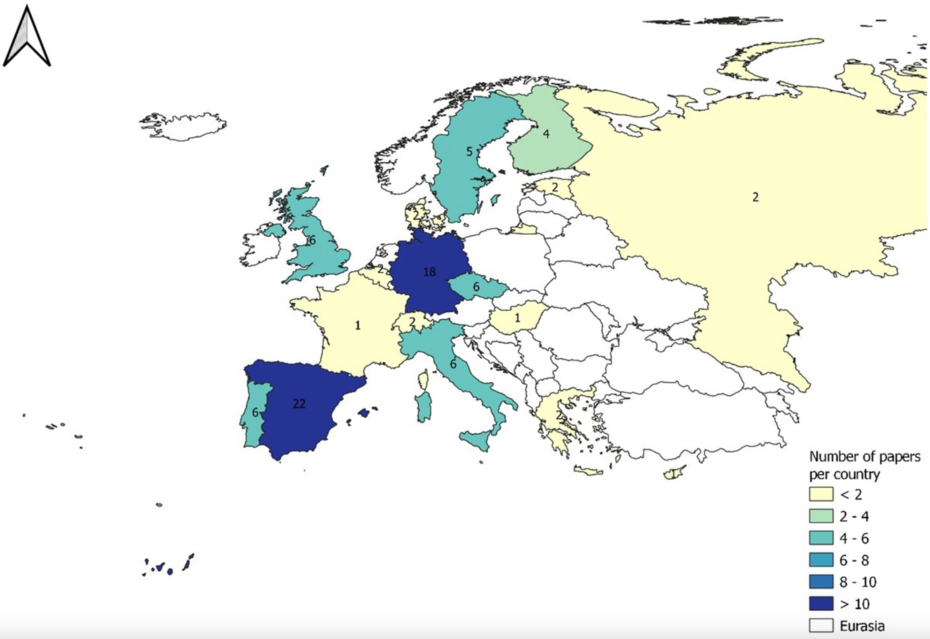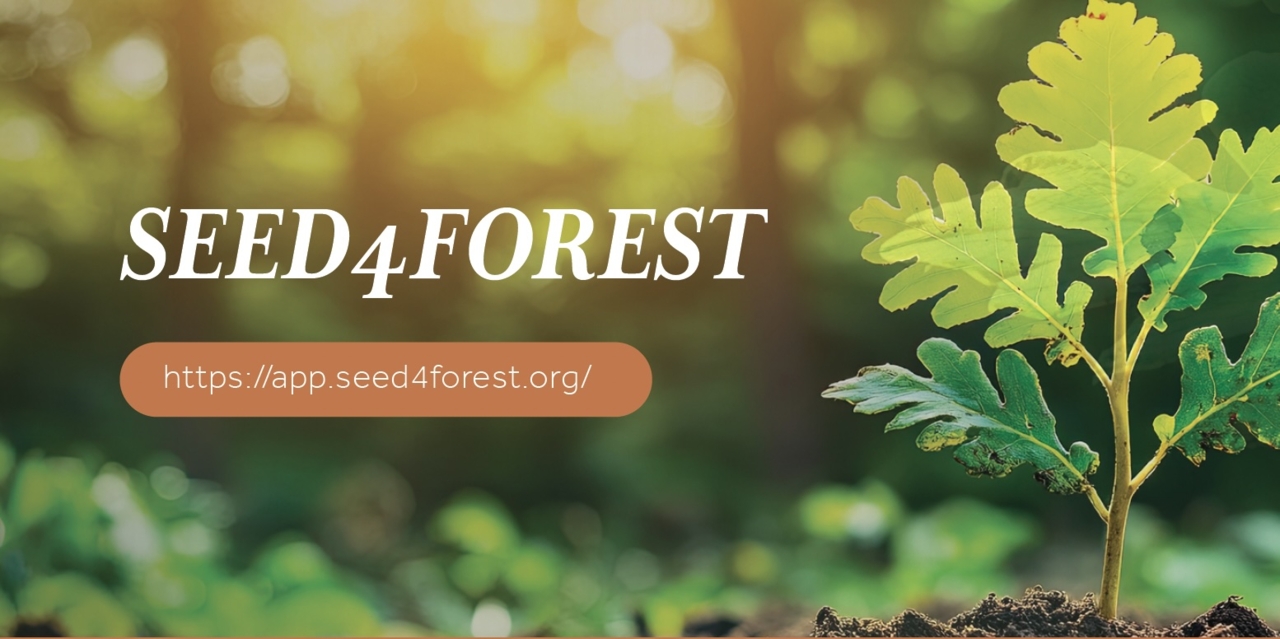Guidelines for the Development of Upscaling Plans
4. Technical

Based on your practical experience during the pilot/demonstration project you should summarize critical information on applied methods, equipment, needs for trained personnel and other aspects relevant for upscaled restoration. This should include critical knowledge- and resource gaps identified during the pilot and how these can be addressed during upscaling. But remember always to consider your audience – many upscaling stakeholders will just want the information on the key things you have learned, rather than detailed methods and analyses.
Examples from the SUPERB demonstration sites show how technical challenges and solutions could be communicated to a more strategic audience (Filipek et al. 2024)
Spatial prioritization - An important question for upscaling restoration is where to locate restoration actions. As noted in Section 2.4, when a large area is considered there might be several places theoretically suitable for restoration, but given land-use, landownership, ecological conditions and other relevant factors it requires spatial planning. Based on your pilot work you should have at least an overview of what factors are relevant to spatial planning. For the next step, either as part of your upscaling route-map or as a recommendation for those implementing a large-scale restoration project, conducting a multicriteria analysis (MCA) should be considered. MCA is used when there are decision challenges involving multiple and often conflicting criteria and the goal is to find the most suitable option. There is rarely a single optimal solution, and the MCA can also incorporate stakeholder’s preferences to differentiate between different solutions. The outcome of an MCA can vary between choosing one most suitable option, sorting alternatives into different categories, ranking a set of options by preference or describing the options by their impacts There are numerous MCA tools that can support prioritization among different sites (Acosta & Corral 2017).
As a part of spatial prioritization of restoration, the connectivity between sites should be considered. It is well established that fragmentation of forest landscapes may have negative effects on conservation relevant species (cf. Undin et al. 2024) and landscape connectivity is emphasized in the EU NRR as one key restoration indicator. This call for conducting landscape analysis that identify restoration sites that increase connectivity. Such tools are rapidly developing (e.g. Wang et al. 2025).
Reproductive material - If your pilot project has included tree planting, you likely have experience in selecting appropriate plant reproductive material for upscaling. However, the choice of plant reproductive material is becoming more challenging given ongoing climate change. Hence, when restoration include artificial regeneration, access to plant reproductive material suitable for future conditions is critical. Fortunately, new tools and information is now available that support selection of both tree species and provenances in relation to anticipated climate change. With the online web-tool, Seed4Forest, decision support for species and provenance selection is available for European conditions. It is a tree species recommendation application developed by compiling and consolidating tree species distribution models for current climate and different climate change scenarios, as well as incorporating existing seed provenance delineation and transfer models. Based on this tool you may be able to recommend how a larger restoration project should include consideration of future climate conditions.
Monitoring, reporting and validation - The demo project should provide some initial evidence of the success, actual outcome, of the restoration action through an implemented monitoring system. However, for a larger restoration program, guidance on a broader monitoring and evaluation strategy should be developed. Besides to demonstrate what a project achieves; monitoring supports adaptive management and hence ensure learning by doing. This is critical for building trust and long-term commitment by funders and stakeholders. Monitoring builds on identifying indicators, response variables, that reflect the primary and any secondary restoration objectives, and with a sampling scheme that is sufficient to statistically capture trajectories over time. Within the SUPERB project several monitoring methods has been implemented and with information being available here at the Forest Knowledge Gateway. You may also consult Menéndez-Miguélez et al. (2024b) on how outcomes of forest restoration have been measured. Note however, to provide real evidence on the restoration impact, also reference areas with a corresponding initial situation should be monitored. Only through a counterfactual comparison can the true effect of implemented actions be evaluated!
Related resources
How to measure outcomes in forest restoration?
Scientific paper which analyzes 95 ecological restoration projects in Europe and identifies 84 indicators used to assess their success. It highlights five common metrics (abundance, cover, density, Ellenberg index, and richness) and emphasizes the need for harmonized indicators to evaluate restoration effectiveness, particularly under climate change. Useful for improving the planning and assessment of restoration initiatives.
- Active Restoration
- Monitoring & Projecting
- Passive Forest Restoration
- Landowners & Practitioners
- Planners & Implementers
- Policy Actors
- Afforestation, reforestation
- Non-timber products
- Restoration after direct human impact
- Restoration after natural disturbances
- Soil health
- Structural diversity
- Tree species/functional diversity
- Wood and biomass production
- Continental
- Mediterranean
- Austria
- Belgium
- Finland
- Germany
- Italy
- Portugal
- Russia
- Spain
- Switzerland
- United Kingdom
Seed4Forest
Seed4Forest is a decision-support tool that helps users select the most suitable tree species, species mixtures, and provenances for any location across Europe. It supports forest restoration through climate-smart forestry by combining up-to-date scientific knowledge with practical guidance for current and future climate challenges.



